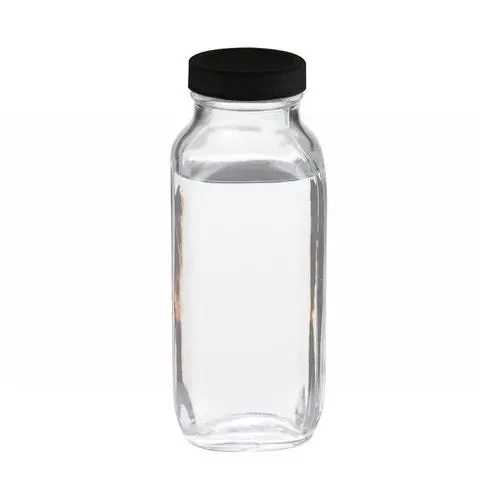Water Purification Chemicals Ensuring Safe Drinking Water
Water is an essential resource for life, and its purification is critical in ensuring the safety and health of populations around the world. As urbanization and industrialization escalate, the quality of natural water sources has deteriorated, necessitating the use of various chemicals in the water purification process. This article explores the role of water purification chemicals, their types, applications, and the importance of safe drinking water.
Types of Water Purification Chemicals
Water purification involves multiple processes, each requiring specific chemicals to achieve the desired water quality. The main categories of water purification chemicals include coagulants, disinfectants, pH adjusters, and flocculants.
1. Coagulants - These chemicals, such as aluminum sulfate (alum) and ferric chloride, are used to remove suspended particles and impurities from water. Coagulation works by neutralizing the charges on particles, allowing them to clump together and settle out of solution. This is often the first step in the water treatment process, setting the stage for further purification.
2. Flocculants - Often used in conjunction with coagulants, flocculants are employed to facilitate the aggregation of colloidal particles. Polymers, such as polyacrylamide, act as flocculants by increasing the size of clumps that form during coagulation, enhancing the clarity of the water and making the subsequent sedimentation process more efficient.
3. Disinfectants - To kill or inactivate pathogens, disinfectants like chlorine, ozone, and ultraviolet (UV) light are used. Chlorination is one of the most common methods for disinfection, effectively eliminating harmful microorganisms. However, while effective, it can also lead to the formation of potentially harmful by-products known as trihalomethanes. Ozone and UV light are alternatives that avoid these issues and provide safe disinfection.
4. pH Adjusters - Maintaining an appropriate pH level is crucial for the water treatment process. Chemicals like sulfuric acid or sodium hydroxide are used to adjust the pH, ensuring optimal conditions for coagulation, flocculation, and disinfection. The right pH level helps maximize the effectiveness of coagulants and disinfectants, contributing to overall water quality.
water purification chemicals

Importance of Water Purification Chemicals
The presence of contaminants in drinking water can pose significant health risks. Water purification chemicals play a vital role in the treatment of municipal water supplies and industrial wastewater, safeguarding public health. By effectively removing harmful substances and pathogens, these chemicals help prevent waterborne diseases such as cholera, typhoid, and dysentery.
Furthermore, the application of these chemicals not only enhances water safety but also improves its aesthetic qualities. By removing turbidity and color, water purification makes drinking water more appealing to consumers, thereby promoting healthy habits and encouraging water consumption.
Environmental Considerations
While water purification chemicals are essential for producing safe drinking water, there are environmental concerns associated with their use. The discharge of residual chemicals, particularly coagulants and disinfectant by-products, can harm aquatic ecosystems. Therefore, water treatment plants must implement best management practices to minimize environmental impact, including efficient chemical dosing and effective removal methods.
Innovations in water treatment technology are also underway, with a focus on using greener alternatives that reduce the ecological footprint. Research into biodegradable flocculants and advanced disinfection methods is crucial in creating sustainable water purification solutions.
Conclusion
In conclusion, water purification chemicals are indispensable tools in the quest for safe, clean drinking water. Their role in coagulation, flocculation, disinfection, and pH adjustment is crucial for eliminating contaminants and assuring public health. As the demand for clean water continues to rise, it is imperative that we balance effective water treatment with environmental stewardship, ensuring that our water systems remain sustainable for future generations. By embracing innovative approaches and enhancing waste management practices, we can secure a safer freshwater supply for all.

